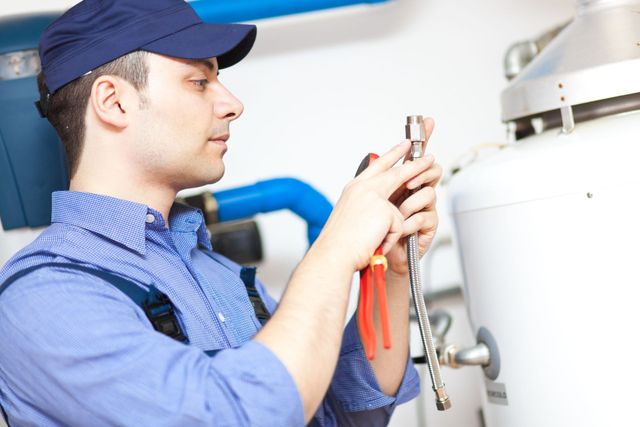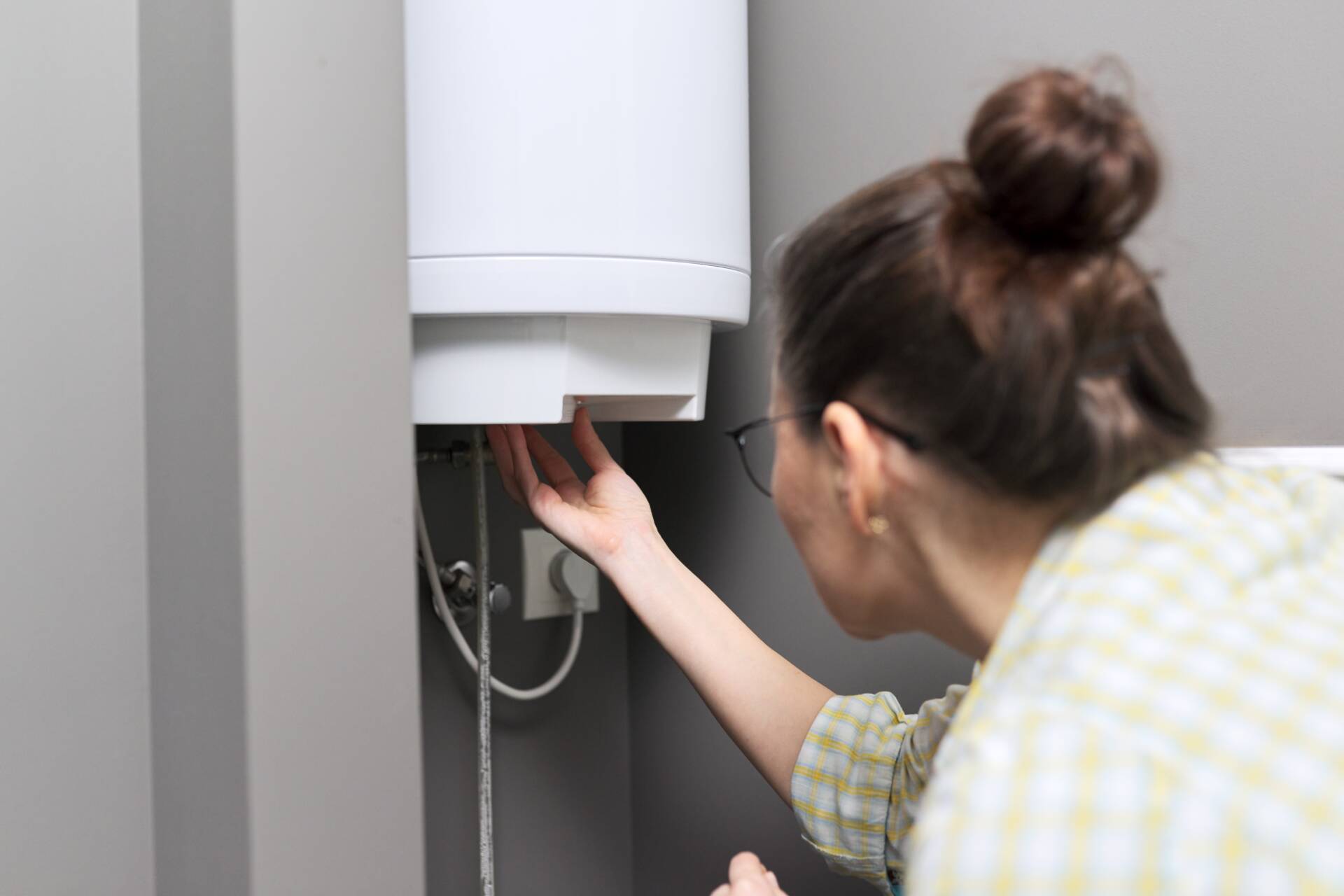Almost everyone will have their unique theory when it comes to Water Heater Maintenance Tips You Can't Afford to Forget.

Hot water is important for everyday comfort, whether it's for a refreshing shower or cleaning dishes. To ensure your hot water system runs efficiently and lasts longer, regular maintenance is crucial. This write-up supplies functional suggestions and insights on just how to maintain your home's warm water system to prevent disruptions and expensive repair work.
Intro
Keeping your home's hot water system could appear daunting, but with a few simple steps, you can ensure it runs efficiently for several years to come. This overview covers every little thing from understanding your hot water system to do it yourself upkeep tips and understanding when to call professional assistance.
Relevance of Maintaining Your Hot Water System
Routine upkeep not only prolongs the life expectancy of your warm water system however also ensures it runs successfully. Ignoring maintenance can bring about reduced efficiency, greater power bills, and even early failing of the system.
Indications Your Warm Water System Demands Maintenance
Knowing when your warm water system requires attention can stop significant problems. Watch out for indicators such as inconsistent water temperature level, strange noises from the heating system, or rustic water.
Recognizing Your Warm Water System
Prior to diving into upkeep jobs, it's useful to understand the standard elements of your warm water system. Generally, this consists of the water heater itself, pipelines, anode rods, and temperature level controls.
Regular Monthly Upkeep Tasks
Regular month-to-month checks can help capture small problems before they escalate.
Purging the Hot Water Heater
Flushing your hot water heater eliminates sediment buildup, boosting performance and extending its life.
Checking and Changing Anode Rods
Anode poles avoid deterioration inside the container. Evaluating and changing them when broken is vital.
Examining and Adjusting Temperature Level Setups
Readjusting the temperature level setups makes sure optimal efficiency and security.
DIY Tips for Maintenance
You can do numerous upkeep tasks yourself to keep your hot water system in top condition.
Checking for Leakages
Routinely inspect pipes and connections for leakages, as these can lead to water damage and higher bills.
Testing Stress Alleviation Valves
Examining the stress safety valve guarantees it works properly and avoids excessive pressure build-up.
Shielding Pipelines
Shielding warm water pipes reduces warmth loss and can conserve power.
When to Call an Expert
While DIY maintenance is valuable, some concerns need expert competence.
Complicated Issues Requiring Specialist Aid
Instances include major leakages, electric issues, or if your water heater is consistently underperforming.
Regular Professional Maintenance Conveniences
Expert upkeep can consist of extensive assessments, tune-ups, and making certain compliance with security standards.
Conclusion
Normal maintenance of your home's hot water system is crucial for performance, long life, and price financial savings. By complying with these tips and recognizing when to look for professional assistance, you can guarantee a reliable supply of warm water without unforeseen disruptions.
How to Maintain an Instant Hot Water Heater
Before tinkering with your hot water heater, make sure that it’s not powered on. You also have to turn off the main circuit breaker and shut off the main gas line to prevent accidents. Also turn off the water valves connected to your unit to prevent water from flowing into and out of the appliance. 2. When you’re done, you have to detach the purge valves’ caps. These look like the letter “T†and are situated on either side of the water valves. Doing so will release any pressure that has accumulated inside the valves while at the same time avoid hot water from shooting out and burning your skin. 3. When the purge valves’ caps are removed, you have to connect your hosing lines to the valves. Your unit should have come with three hoses but if it didn’t, you can purchase these things from any hardware or home repair shops. You can also get them from retail stores that sell water heating systems. Read the user’s manual and follow it to complete this task properly. When the hosing lines are connected, open the purge port’s valves. 4. You should never use harsh chemical cleaners or solutions when cleaning your unit. Make use of white vinegar instead. It should be undiluted and you’ll probably use about 2 gallons. 5. Now flush your water heater. This task should probably take about 40 minutes. We can’t give you specific directions for this because the procedure is carried out depending on the type, model and brand of your heater. With that being said, refer to the user’s manual. 6. When you’re done draining the unit, you have to turn off the purge port valves again. Remove the hosing lines that you earlier installed on each of the water valves. Put the valve caps (purge port) back in their respective places and be very careful so as not to damage the rubber discs that are found inside these caps. 7. Now that everything’s back in place, check your user’s manual again to find out how to reactivate your water heating system. 8. Once it is working, turn one of your hot water faucets on just to let air pass through the heater’s water supply pipes. Leave the tap on until water flows smoothly out of it. https://www.orrplumbing.com/blog/2014/september/how-to-maintain-an-instant-hot-water-heater/

I'm very fascinated with Water Heater Maintenance Tips You Can't Afford to Forget and I am hoping you enjoyed reading our post. For those who enjoyed our blog entry please remember to share it. Thank-you for your time invested reading it.
Schedule Now